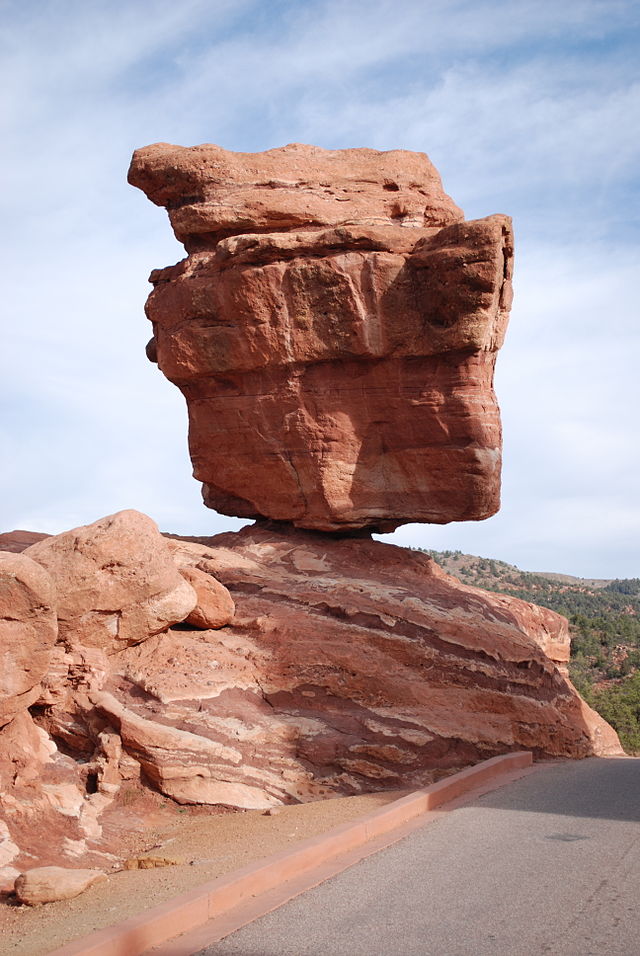Boulders in Formation on Comet 67P/Churyumov-Gerasimenko

Scientists from the OSIRIS camera team for the European Space Agency’s Rosetta mission have released a rare image of the surface showing a most impressive site: a group of three icy boulders (one of which is about 30 meters/about 90 feet) across, standing upright on the rugged surface of the comet. The image (which was obtained last September and is only NOW being made public) shows these objects riding along on the comet at the rim of a small surface depression. They appear to be only slightly attached to the comet itself.

Why these rocks are only tenuously attached is still something of a mystery, nor do the scientists completely understand how they formed. Somehow some sort of cometary activity causes surface boulders to move around on the surface. These aren’t the first boulder-type objects to be seen on the comet; earlier in the mission, scientists identified a rubble pile that was roughly the shape of a pyramid, and they nicknamed it “Cheops”).
Balanced rocks are nothing new on Earth. You may have seen them as you traveled around the American Southwest or Australia, or other places where erosion has cut into stone. Erosion forces include wind, water, and the action of glaciers.
The standing stones we know about on our planet are connected to the underlying rock by small “necks” of rock. In the case of Comet 67P, there are a number of forces and activities at work that could be producing and moving these boulders around the surface. There aren’t any good answers yet as to why and how these boulders exist, but the team intends to continue monitoring them as the mission proceeds.
The Rosetta mission is doing a long-term study of this comet, and will move along with it as Comet 67P rounds the Sun during its perihelion (closest approach) on August 13, 2015. Already, it has taught and shown us more about comets in a few months than years of Earth-based observations. As a former comet researcher, I find the mission to be a dream come true because we finally really get to truly “ride along” with a comet as it does its thing. Stay tuned—I’m sure there’ll be more great images coming out. If you want to follow along, surf over to the Rosetta mission site for the latest news.

